
10 Steps to Take When You See Someone Having a Heart Attack in New York
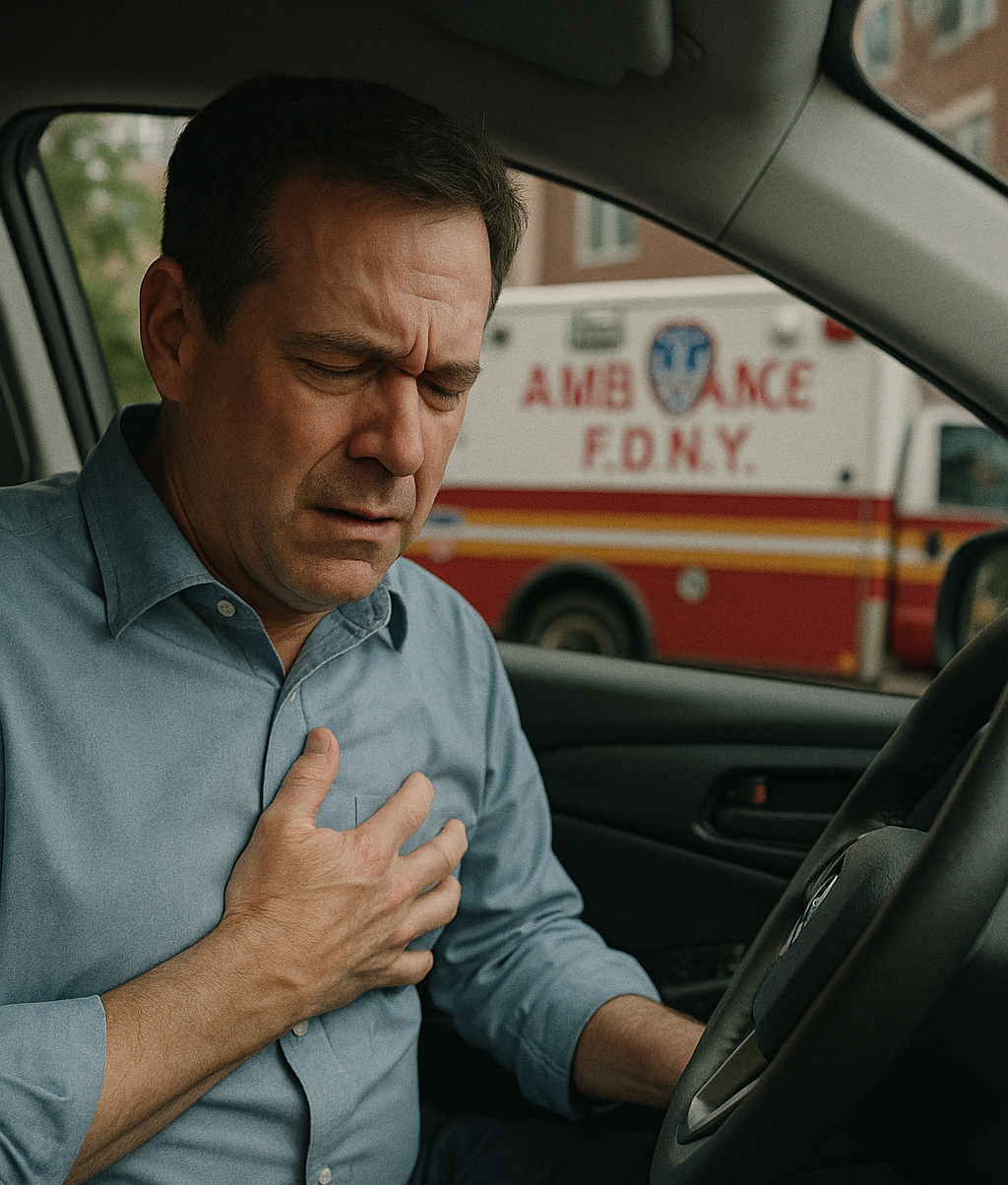
In the fast-paced, high-stress environment of New York, where lives move faster than the subway at rush hour, every second matters when it comes to a heart attack. The U.S. healthcare landscape, particularly in major cities like New York, offers rapid emergency response systems, but bystander action is still the first and often most critical line of defence
With heart disease remaining the leading cause of death in the United States, understanding what to do in the heat of the moment isn’t just helpful—it’s essential knowledge.
Here are 10 urgent, life-saving steps you should take immediately if you suspect someone near you is having a heart attack.
Understanding the Landscape: Why Acting Fast in NYC Matters
New York is a city where ambulances are equipped with high-tech gear, hospitals boast world-class cardiology units, and 911 services are finely tuned to urban chaos. Yet, in those crucial first 5–10 minutes before professional help arrives, your response can decide between life and death.
In today’s U.S. healthcare environment, patient survival is directly linked to early intervention.
- Urban Density = Delay: NYC’s traffic congestion can slow down ambulances despite their sirens.
- Hospital Overload: ERs are often crowded. Every minute before arrival counts even more.
- Healthcare Costs: Acting fast might prevent complications, leading to more extended hospital stays or invasive treatments.
Bottom line? You’re not just helping but bridging the gap between crisis and care.
Step 1: Recognise the Symptoms Fast
Don’t wait to be sure. Suspicion is enough.
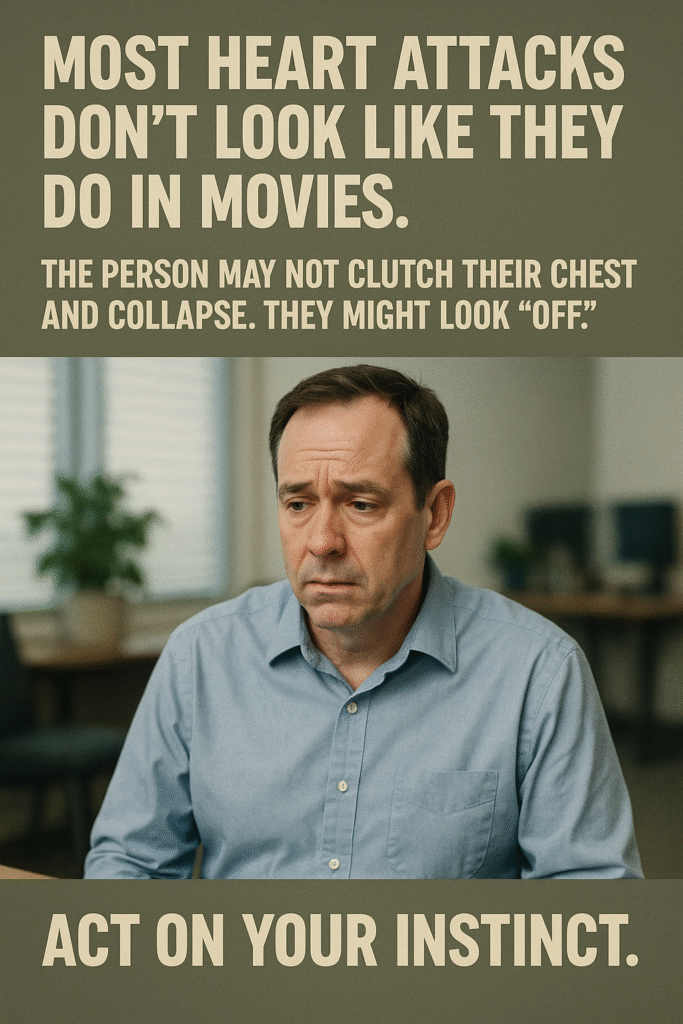
Most heart attacks don’t look like they do in movies. The person may not clutch their chest and collapse. They might look “off.” Act on your instinct.
Key Signs to Look For:
- Sudden chest pain or discomfort (tightness, pressure, squeezing)
- Shortness of breath (even without chest pain)
- Pain radiating to the jaw, neck, arms (especially the left arm)
- Cold sweats, nausea, or light-headedness
- Unexplained fatigue or anxiety
When in doubt, assume the worst and act.
Step 2: Call 911 Immediately
Time lost is heart muscle lost.
Don’t try to drive the person to the hospital yourself—EMS can start treatment before you reach the ER. New York’s emergency dispatch is trained for rapid heart attack responses.
- Give a clear, calm description of the situation.
- Provide your exact location, including nearby landmarks or cross streets.
- Stay on the line and follow the dispatcher’s instructions.
Do not delay this step. It is the most crucial action you can take.
Step 3: Keep the Person Calm and Still
Panic increases heart rate and blood pressure, which could worsen the attack.
- Encourage the person to sit or lie down in a comfortable position.
- Reassure them. Keep your voice low and steady.
- Don’t let them walk or try to “walk it off.” Movement increases oxygen demand.
Stillness slows damage. Calmness stabilises fear.
Step 4: Offer Aspirin (consult a doctor before giving)
Aspirin thins the blood and can reduce clotting, buying valuable time.
- Ask if they’re allergic or on a blood thinner.
- If not, give one 325 mg aspirin or four baby aspirins (81 mg) to chew slowly.
- Chewing is essential—it gets into the bloodstream faster than swallowing whole.
Instead, do not give aspirin if there is any chance of stroke symptoms (e.g., slurred speech, facial droop). (Consult a doctor before giving)
Step 5: Start CPR If They Collapse and Aren’t Breathing
This is where heroes are made.
If the person becomes unresponsive:
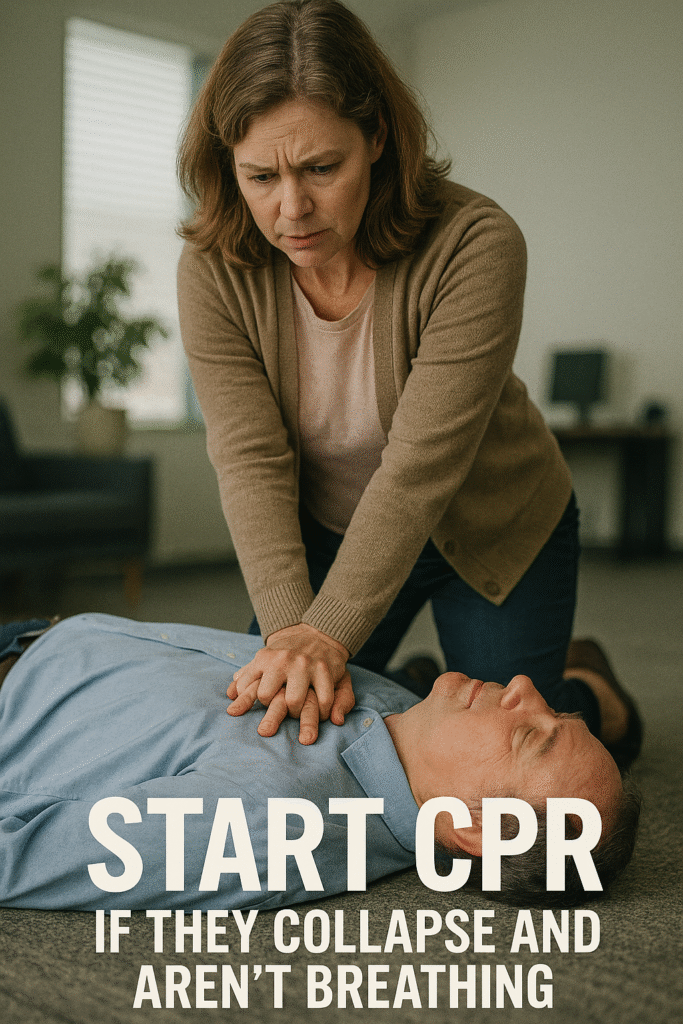
- Check for breathing and a pulse.
- If absent, begin hands-only CPR:
- Push hard and fast in the centre of the chest.
- Aim for 100–120 compressions per minute (like the beat of “Stayin’ Alive”).
- Don’t stop unless:
- They start breathing
- A defibrillator is ready
- EMS arrives
CPR doubles or even triples survival rates. Your hands are more powerful than you think.
Step 6: Use an AED if Available
In many NYC public spaces—gyms, schools, malls—automated External Defibrillators (AEDs) are within reach.
- Turn the AED on and follow voice prompts. It will guide you step-by-step.
- Don’t worry about doing it wrong—it won’t shock unless it detects a shockable rhythm.
- Place the pads as illustrated. Clear the area when the AED is analysing or shocking.
AEDs are built for laypeople. Don’t fear them—trust them.
Step 7: Take Notes and Observe
EMS will ask for specifics, and you’re their only source.
- When did symptoms start?
- What were they doing at the time?
- Any known medical conditions or allergies?
- Were medications taken?
Your observations become part of their treatment plan.
Write it down, or speak into your phone’s voice recorder if your hands are busy.
Step 8: Don’t Give Them Food, Drink, or Medication
Even if they ask, politely say no.
- Eating or drinking can complicate emergency treatment.
- Certain medications could worsen the condition unless prescribed (consult doctor before giving any medicine)
- Just stick to aspirin unless 911 says otherwise.
Step 9: Stay With Them Until Help Arrives
Don’t step away—not even for a second. They might worsen suddenly.
- Watch for changes in breathing, consciousness, and skin colour.
- Be ready to repeat CPR or use the AED again.
- Keep them warm, especially if they’ve broken into a cold sweat.
Your presence can be as comforting as your actions.
Step 10: Follow Up and Care for Yourself Too
The emotional aftershock kicks in once the emergency is over, for them and you.
- Stay connected with their recovery if it was a friend or family member.
- Learn CPR and AED skills formally—free or low-cost classes are everywhere.
- Talk to someone if the event shook you. Responders and witnesses often carry silent stress.
Helping saves lives. But healing matters, too.
Why This Matters in Today’s America
We live in a country of technological marvels and heartbreaking health disparities. While insurance policies and provider networks are debated in boardrooms, real lives are on the line in the streets. In New York, that urgency is magnified. You may be the only lifeline someone has in the most critical moment of their life.
Remember:
- Bystanders save lives.
- Confidence matters more than credentials.
- The more we know, the more we can do.
Your actions fill that crucial void in today’s healthcare climate, where speed, efficiency, and human empathy don’t always align.
Be Ready, Not Scared
The heart doesn’t wait. Neither should you.
No one expects to see a heart attack unfold in front of them. But when it does, you’ll want to be the person who didn’t freeze, second-guess, or know what to do—even if you did it with shaking hands and a pounding heart.
Because that’s what real strength looks like.
Stay informed. Stay alert. Stay human.
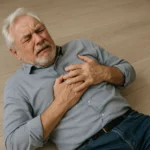
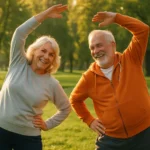
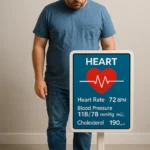
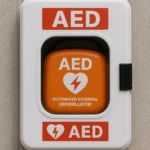
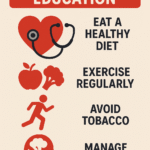
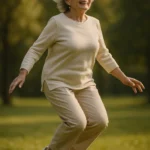

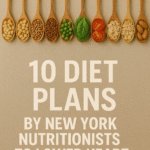
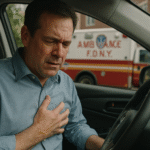

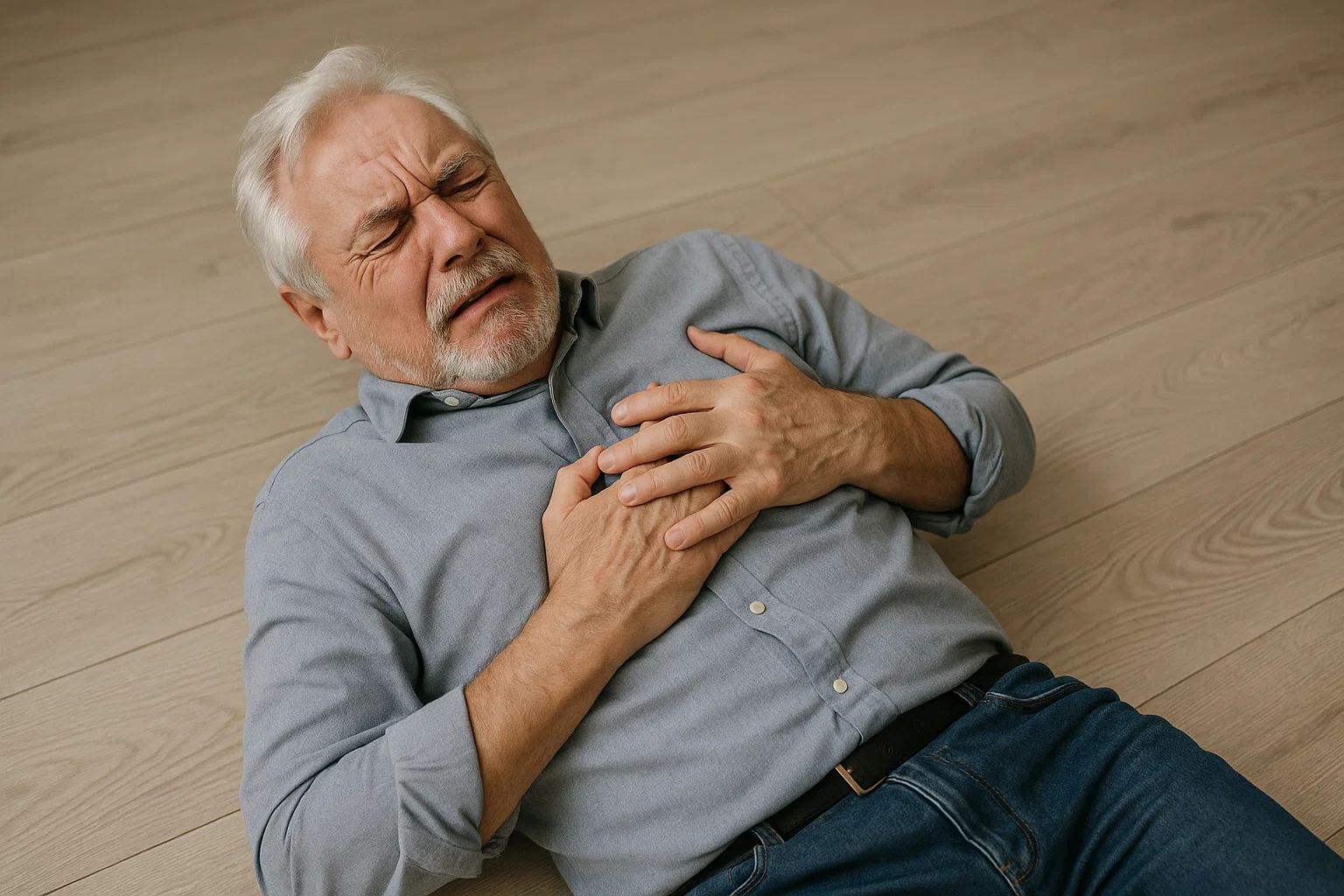
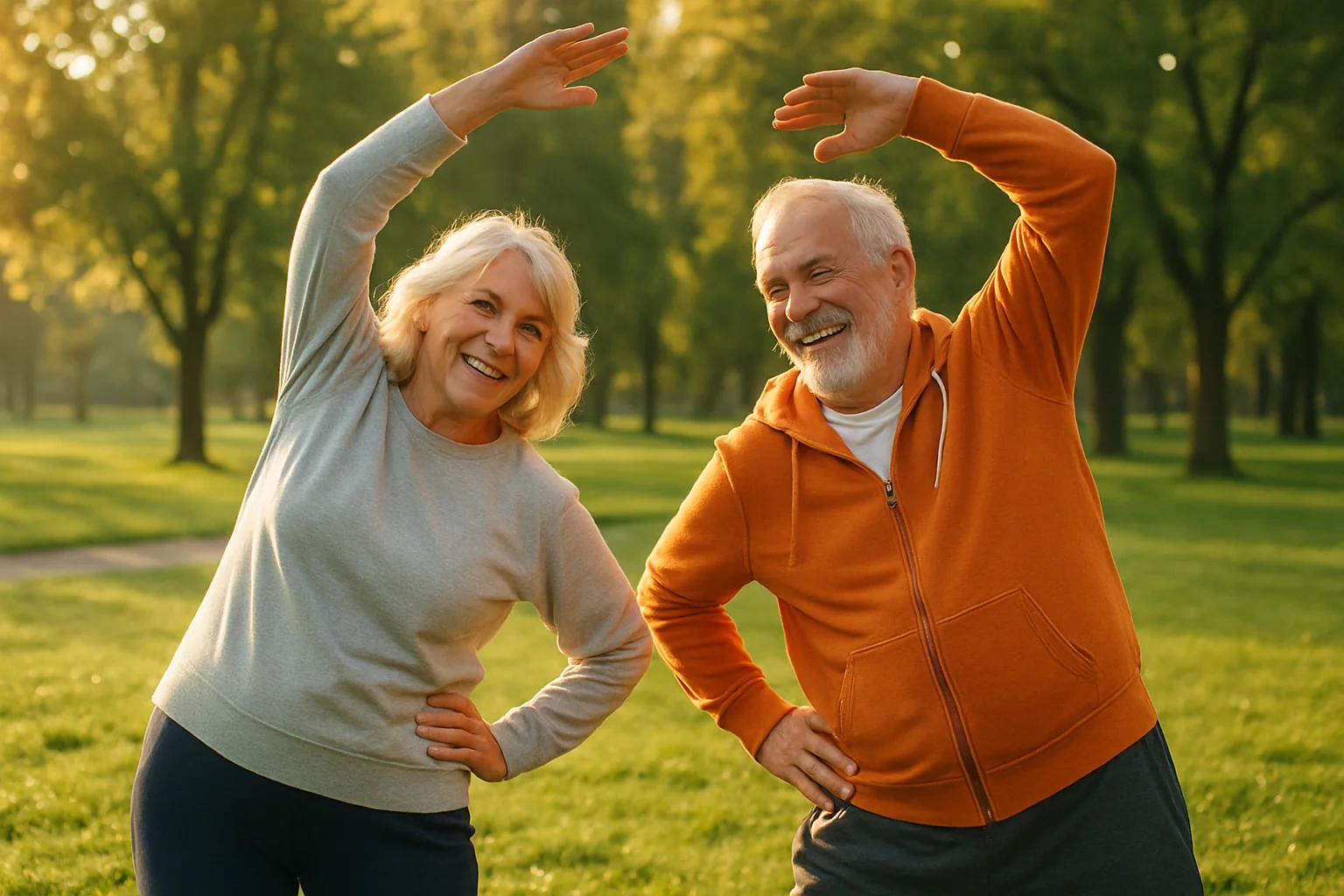
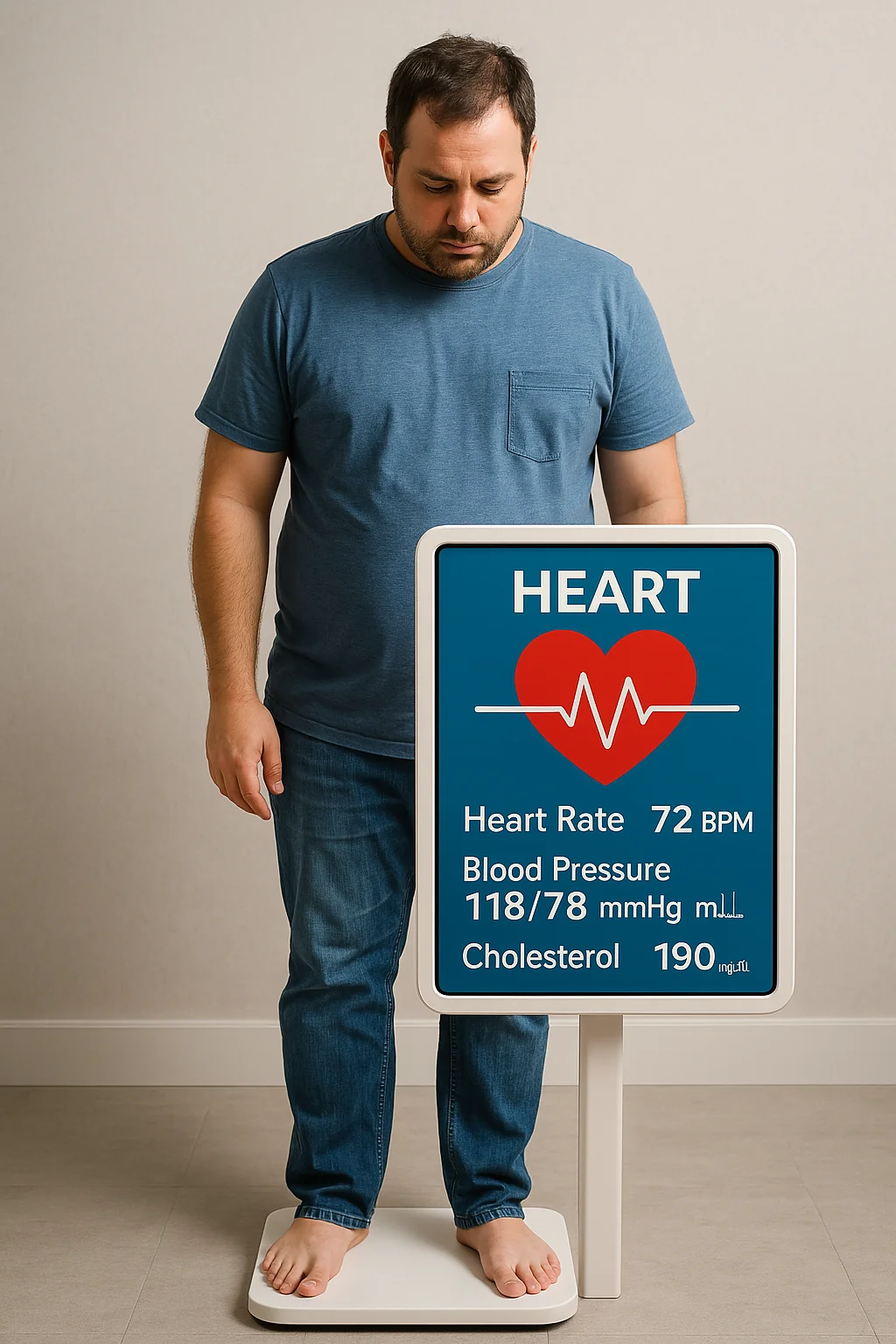
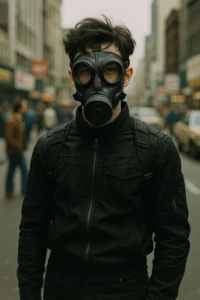
Post Comment